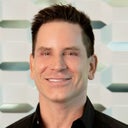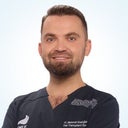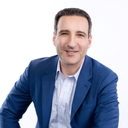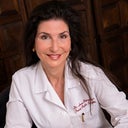Posted underPRP for Hair Loss q&a
Why am i still shedding after going through 3 PRP for hair loss treatments?
I’m on my 3rd prp hair treatment and its been 4 months but i’m still shedding like everyday. My prp doctor told me i should stop shedding after the first treatment but it never stopped. I slowly started to see some hair growing but the shedding isn’t stopping. Why am i still shedding after going through 3 treatments? I still have to go through the 4th one.
Answers (37)
From board-certified doctors and trusted medical professionals

Dr. Timothy Jochen, MD
Dermatologic Surgeon, Board Certified in Dermatology
Answer
More PRP for Hair Loss Questions
See all PRP for Hair Loss Q&AWE SEND PRETTY
EMAILS
What’s trending? Who’s turning heads? Which TikTok myths need busting? We’ve got you. No fluff, no gatekeeping—just real talk. Get our free, unfiltered newsletter.








